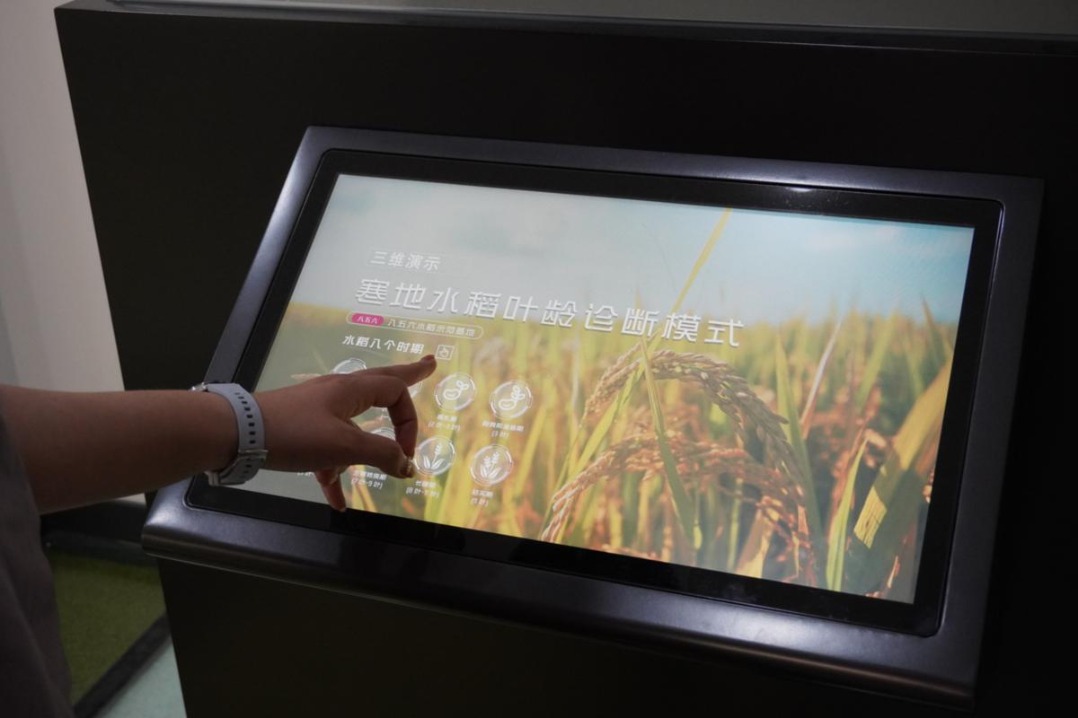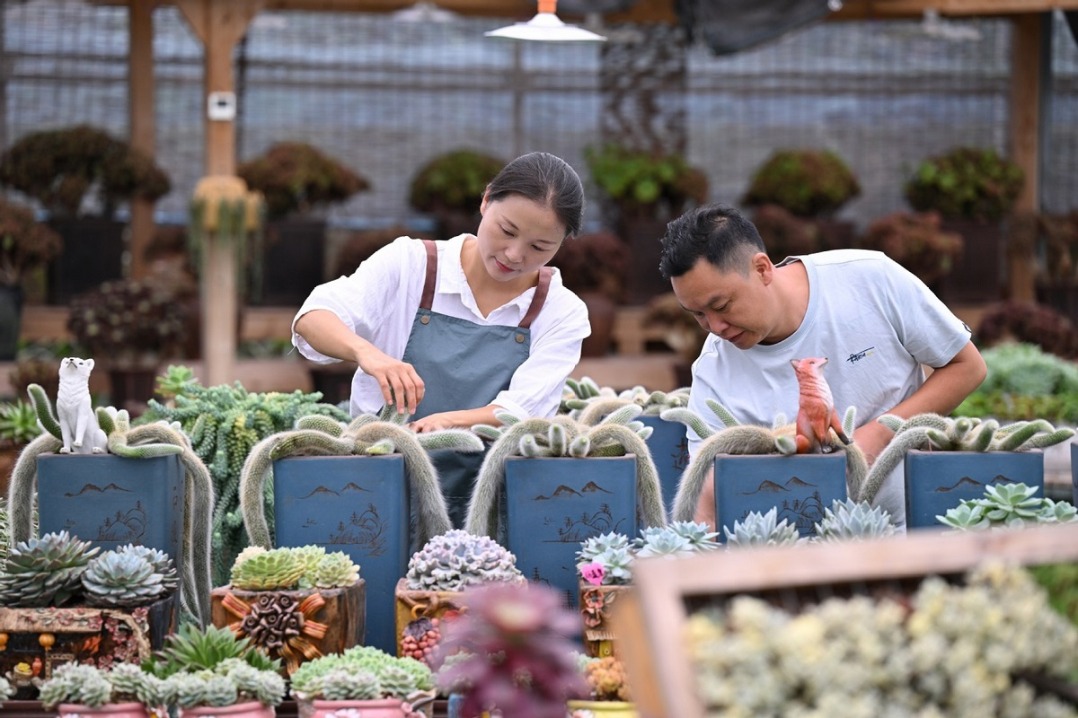Chinese students cook 2,000-year-old rice dish based on ancient manuscript

CHANGSHA -- A team of students in China recently gave suggestions as to what rice might have tasted like in the country two millennia ago, with these suggestions based on their study of an ancient document. Notably, 60 percent of China's population currently eats rice as a staple food.
In their project, which combined historical research and culinary experimentation, the team from Yuelu Academy of Hunan University in the central Hunan province cooked rice according to recipes recorded in a bamboo manuscript titled "Shi Fang," an ancient text dating back to the Western Han Dynasty (202 BC-8 AD).
Unearthed from the tomb of Wu Yang, a senior official during the Western Han period in what is today Yuanling county in Hunan, the "Shi Fang" manuscript details methods of preparing and cooking a variety of ingredients, offering insight into early Chinese gastronomy. Dishes such as steamed rice, chicken soup and steamed fish reveal a sophisticated culinary culture.
"In the 'Culinary Culture in Hunan' course, I first encountered the 'Shi Fang' manuscript," said Luo Jiayi, a student from Hunan University. "Through the vivid and intriguing bamboo slips, the ancient foodies from 2,000 years ago came to life before my eyes."
"Cooking rice from the Western Han Dynasty period has deepened our appreciation for the richness and allure of traditional Chinese culture," Luo added.
This endeavor brought together an interdisciplinary team of 10 students from Hunan University and one from China Agricultural University in Beijing, who specialize in history, philosophy, museology, food science and design. They divided into research, experimental, filming and design groups, aiming not just to interpret ancient texts but also to bring ancient flavors back to life.
However, challenges loomed large. "Many of the bamboo slips are fragmented, and the meanings of some ancient characters have evolved over time," said Xiong Yuxuan, a member of the research group, while adding that cooking duration times were not mentioned in the manuscript, which meant that the team had to keep adjusting their experiments in the course of their research.
Modern conditions also presented difficulties. Today's rice varieties, cooking utensils and fire methods differ greatly from those in ancient times. "While complete authenticity is impossible, combining Han-era techniques with modern technology allows students to tap into ancient wisdom," said Shi Jing, an associate professor at Yuelu Academy, who supervised the project.
For example, the team opted for the traditional rural zengzi, a wooden steamer, and clay pots still used in some Chinese villages, instead of the rare ancient yan, a specialized vessel for steaming, achieving comparable effects in their cooking process.
Also, to match both the quality and shape of rice cultivated 2,000 years ago -- the team, assisted by master chef He Junxian, selected a type of nonglutinous rice resembling that of Han-era Hunan.
After numerous experiments under He's guidance, the students finally refined the process, soaking the rice for half an hour before draining it, then steaming it for 20 minutes, airing it to cool, adding water and steaming again for another 15 minutes.
The result was rice that was loose yet elastic, with a pleasing texture and notably lower sugar content, characteristics aligned with today's healthy eating trends. "The rice recreated according to the 'Shi Fang' manuscript might inspire new culinary innovations in contemporary restaurants," He said.
After tasting the recreated rice, Peter Brian Ditmanson, an American professor at Yuelu Academy, described it as "comfort food." Enthralled by the project, Ditmanson said he would promote the initiative globally through platforms such as TikTok.
The team revealed that they will also seek to restore the use of other ingredients, such as meat and spices, based on the "Shi Fang" manuscript.
China is the world's largest rice producer and the birthplace of rice culture. The earliest artificially cultivated rice was grown 10,000 years ago -- and was discovered in Daoxian county in Hunan.
- Beijing issues health advisory for chikungunya fever risk
- China rediscovers century-lost orchid species
- China strengthens oversight on commercial space projects to boost quality
- Academy helps grow global influence of traditional Chinese medicine
- World's highest bridge nears completion in Guizhou
- Heilongjiang boosts farming with digital innovation





































